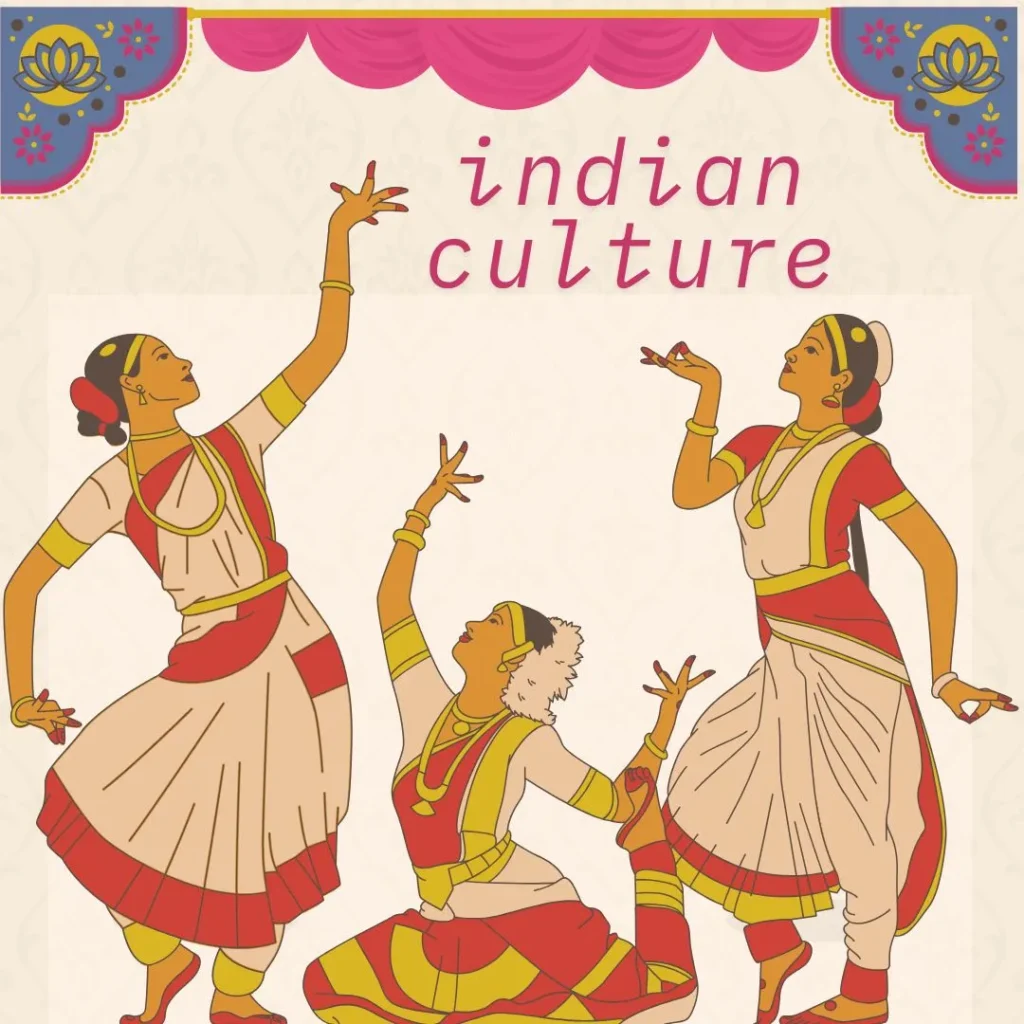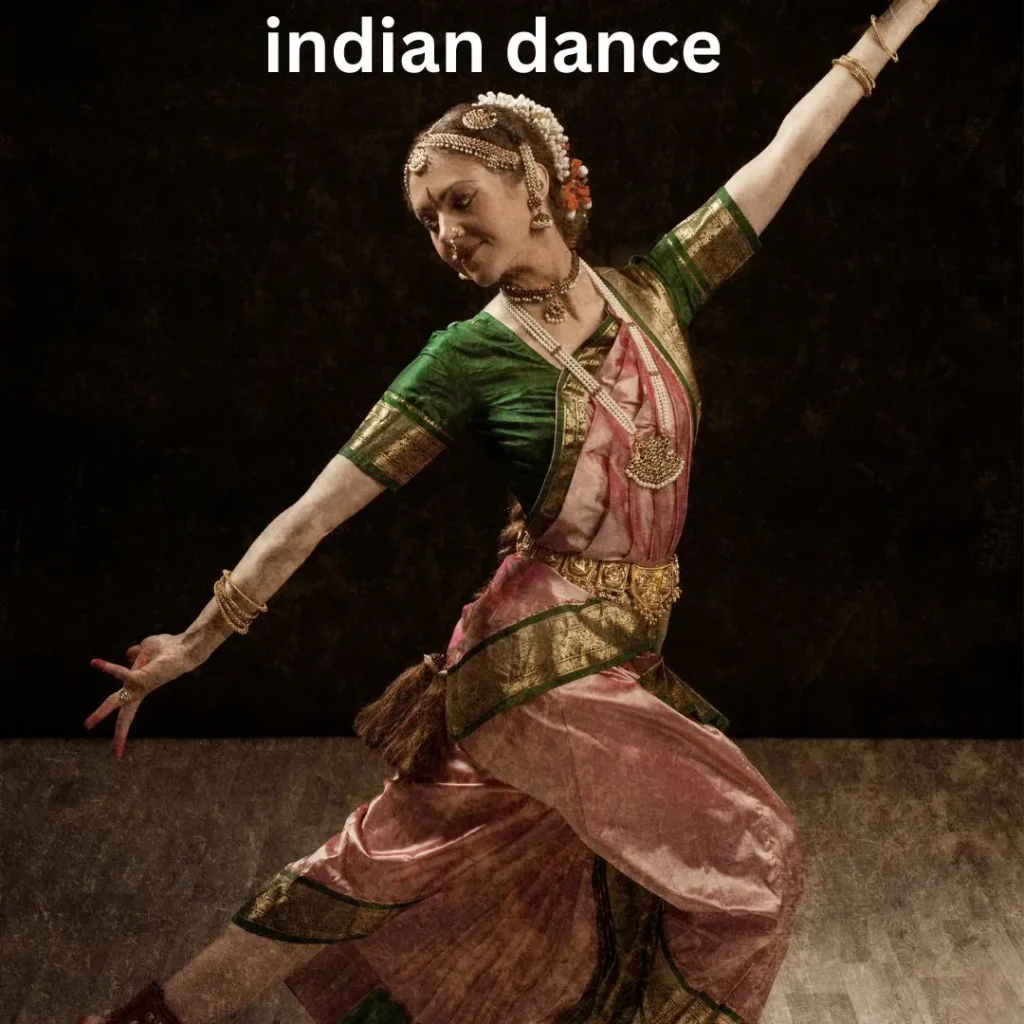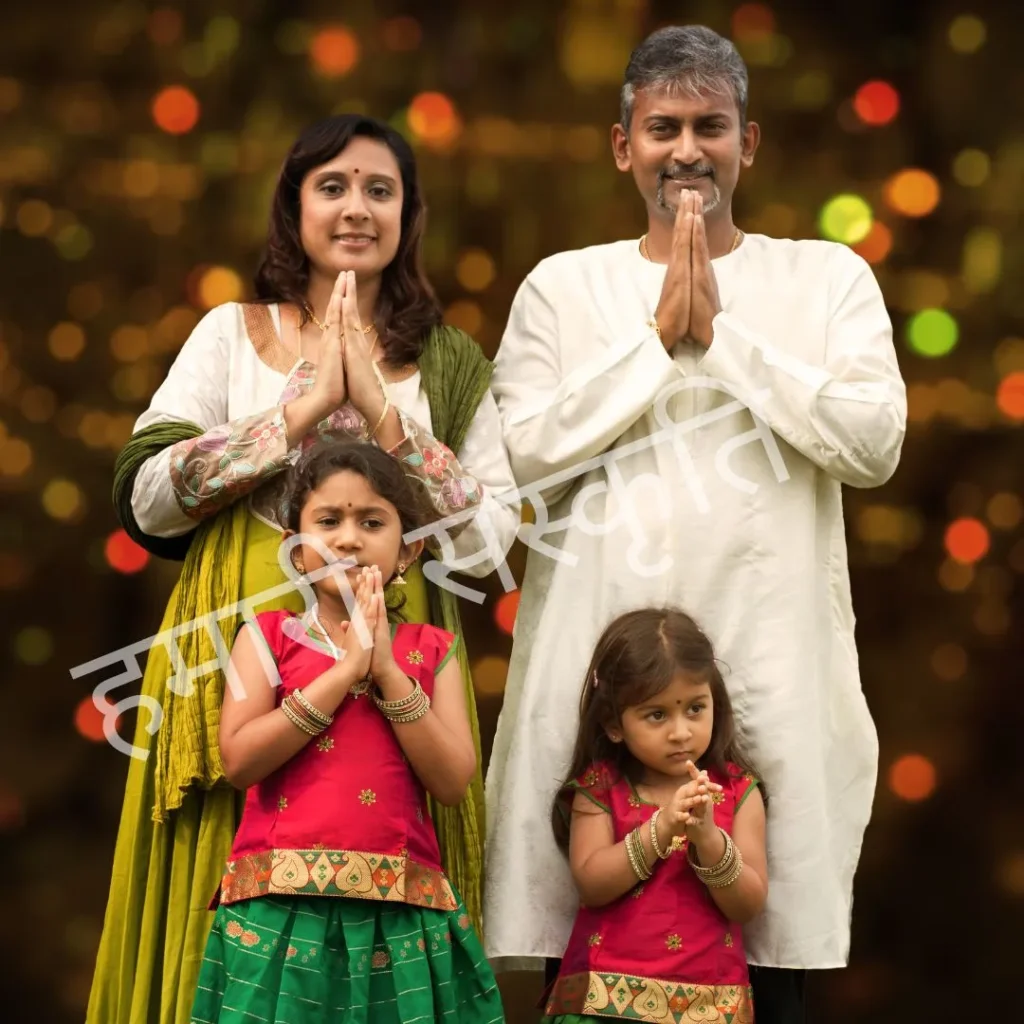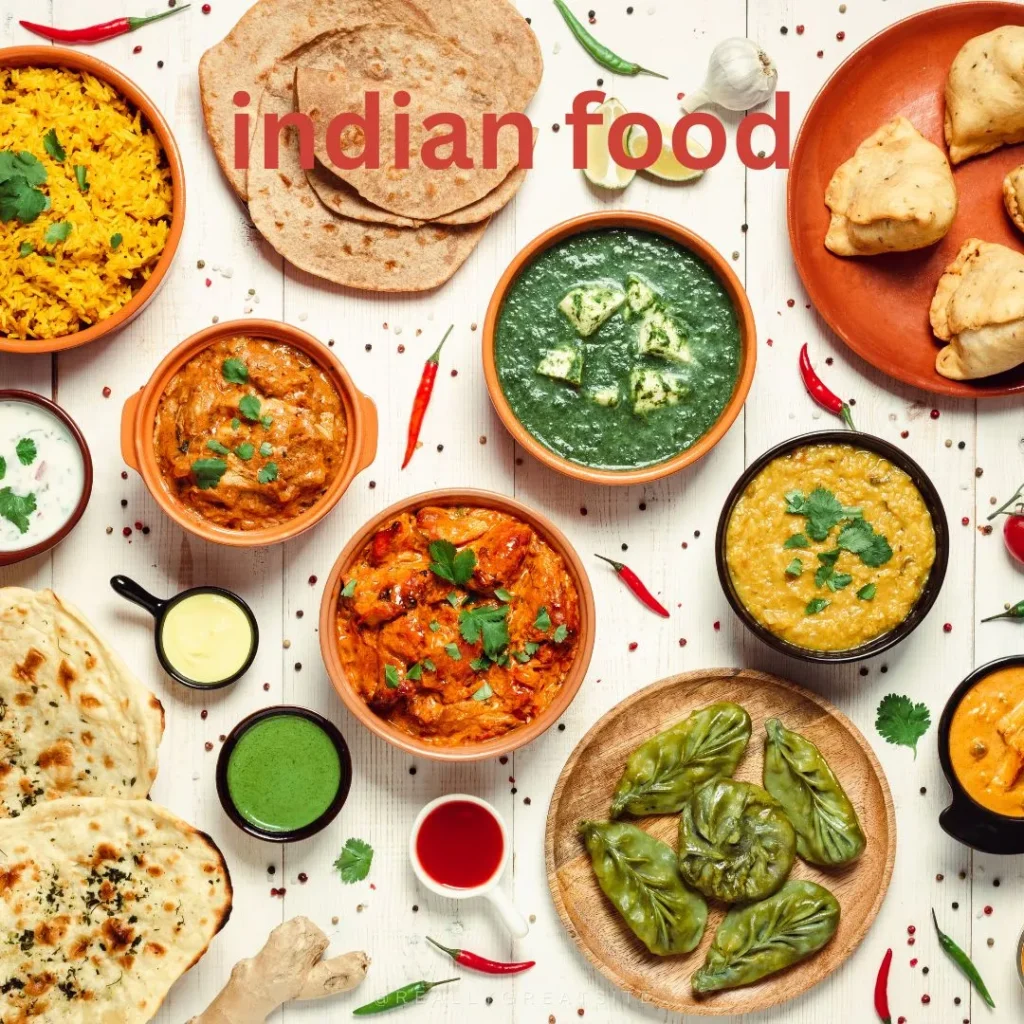Introduction:
Indian culture – a priceless heritage that connects hearts
India is not just a country, but also the name of a vibrant culture that has been recognized for its traditions, values and diversity for thousands of years. Indian culture is viewed with respect and love all over the world, and there are many important reasons behind this.
Whether it is colorful festivals, spiritual philosophy, delicious cuisine, or family values – every aspect touches the hearts of people in some way or the other. This is why Indian culture is not only a matter of pride for Indians, but its popularity is also constantly increasing abroad.
Today we will know those 7 powerful reasons due to which Indian culture is loved all over the world. Every reason will give you a new glimpse of the depth, diversity and beauty of Indian culture.

1. Unity in Diversity: Rich cultural diversity that binds a nation
A colourful weave of languages, religions and traditions
India is not called a “country of diversity” for nothing. The language changes every few kilometres on this land, the dress changes, the style of speaking and the customs change. Despite this, Indian culture is the strong thread that weaves this diversity into a thread of unity. This unique quality of India attracts people from all over the world – it presents a unique example of unity in diversity.
22 official languages and hundreds of dialects
There are 22 official languages recognized by the Indian Constitution, which include major languages like Hindi, Bengali, Tamil, Telugu, Marathi, Gujarati, Kannada, Malayalam, Urdu and Punjabi. But if we look deeper, more than 120 major languages and more than 19,500 mother tongues and dialects are spoken in India.
This linguistic diversity not only reflects India’s cultural heritage but also proves how people from so many different communities live together and embrace a common Indian identity. Languages are not just a medium of communication but the soul of the culture.
Languages may change at the state level, but the bond that binds the national spirit never breaks. Whether you speak Malayalam in Kerala or Marwari in Rajasthan, every individual is a living part of Indian culture.
Unity in religious diversity
India is one of the few countries in the world where followers of all major religions live in harmony. Hindus, Muslims, Sikhs, Christians, Buddhists, Jains, Jews — all have complete freedom to practice and celebrate their religion freely in India.
The Upanishads are the final part of Vedanta, and their focus is on spiritual knowledge, explaining the relationship between Brahma (the Supreme Being) and the soul. Sayings like “Aham Brahmasmi” (I am the Brahma) point to the spiritual power of man.
This philosophy is still applicable in every sphere of life – whether it is personal development, leadership, education or maintaining balance in society.
3. A rich heritage of unique art, dance and music that touches the soul
India’s artistic expressions through the ages
The soul of Indian culture resides in its art, dance and music. These are not just means of expression but a living manifestation of emotions, traditions and spirituality. India’s artistic heritage has evolved over thousands of years and is still as vibrant, unique and appreciated globally.
Whether it is the construction of temples, folk art, classical music compositions or dance postures – Indian art always presents a beautiful amalgamation of emotions and culture.
Classical dance forms: Bharatnatyam and Kathak
India’s classical dances are not just a medium of entertainment, they also represent a form of spiritual practice. Every dance posture, gesture and rhythm reflects a deep emotion that mesmerizes the audience.
Bharatanatyam, a dance from the tradition of Tamil Nadu, was performed in temples as a way of praising God. Its postures, facial expressions and rhythm give the audience a spiritual experience.

Kathak, the main dance form of North India, is associated with the storytelling style (Katha). The twirling movements, the complexity of the rhythms and the speed of the dance give it recognition at the world level.
Apart from these, Odissi, Kuchipudi, Manipuri, Mohiniyattam and seven other classical dance styles are living proof of India’s cultural diversity.
Music that touches the soul – from Sitar to Bollywood
The depth and emotional richness of Indian music is unmatched in the world. Here music is considered a sadhana, not just a performance. Two major streams – Hindustani (North India) and Carnatic (South India) classical music – are seen singing the soul of India.
Instruments like sitar, sarangi, flute, tabla, and mridangam are the soul of Indian music. Artists like Pandit Ravi Shankar brought sitar to international recognition.
The system of ragas is the specialty of Indian music. Every raga is associated with a feeling, a time and a season, which directly connects the emotions of the listener.
In today’s time, Bollywood music has also given recognition to Indian culture in the world. The combination of modern beats with traditional tunes makes it special for listeners of every class. The influence of Indian folk and classical music is clearly visible in Bollywood songs.
Indian art, dance and music not only tell our cultural identity, but they also give a live depiction of our history, religion, emotions and philosophy of life. This heritage connects people from all over the world to Indian culture and touches their soul.
Festivals full of colours and joy make life a celebration.
Festivals that connect and inspire people
Indian culture is known for its colourful festivals. Every season, every emotion and every tradition is celebrated as a festival. Festivals in India are not just religious ceremonies but also a symbol of social, cultural and human unity.
The most beautiful thing about these festivals is that they work to unite all communities and regions. Each festival brings a new energy, a message of positivity and brotherhood in life. This is the reason why festivals in India attract people from all over the world.

Diwali – The Festival of Light and Hope
Diwali, also known as the “Parv of Lights”, is the biggest and most popular festival of India. It marks the victory of good over evil, the triumph of light over darkness and positivity over negativity. Homes are decorated with diyas, sweets are distributed and fireworks light up the sky.
Diwali is not just religious but also socially significant — it marks an opportunity to mend relationships, decorate homes and make new beginnings. Its beauty and spirit captivate people around the world.
Holi – A Festival of Colors and Cheer
Holi, known as the “Festival of Colors”, is one of the biggest festivals in India. It marks the arrival of spring and celebrates the importance of colors in life.
Hamari jindgi me rang bhar deta hai.
Holi is a festival that gives the message of union, fun and forgiveness – that is why today it is celebrated in many parts of the world.
Eid, Christmas and a variety of regional festivals
Eid is celebrated with great joy by the Muslim community in India. It comes at the end of the month of Ramzan and carries the message of brotherhood, compassion and charity. The sweetness of Sevai is as much on the tongue as it is in the heart.
Christmas, the festival of the birth of Lord Jesus, is celebrated not only by the Christian community but in every corner of India. Churches are decorated, Santa Claus distributes happiness to the children – and a positive energy fills the atmosphere.
Apart from this, every state of India has its own local festivals – like Pongal (Tamil Nadu), Onam (Kerala), Bihu (Assam), Lohri (Punjab), Navratri (Gujarat) etc. Every festival is a different way of celebrating the culture.
Indian festivals are not just limited to dates or traditions, they are also a beautiful attempt to turn life into a celebration. It is this colorful, emotional and social connection that makes Indian culture special in the whole world.
5. Indian food – a journey of taste that everyone loves
It is impossible to talk about Indian culture without talking about food. Indian cuisine is not only unique in taste, but also reflects the tradition, climate and lifestyle of each region. Every state, city and even village in India has its own special recipe that reflects its cultural heritage.
Indian food is not just a means to fill the stomach, but an emotional experience – where every spice is used not just for taste, but also keeping health in mind

Regional cuisines that have global appeal
India’s food diversity is as rich as its cultural diversity. While in North India you will find dishes like Rajma-Chawal, Chole-Bhature, Parathas and Lassi, in South India, dosa, idli, sambhar, and filter coffee are the norm.
In West India, dishes like Puran Poli from Maharashtra, Dhokla from Gujarat and Daal-Baati-Churma from Rajasthan are winning hearts. In East India, the sweets of Bengal, Jolpan from Assam and Chhena-Purana traditions of Odisha add a unique flavour to the food.
Today, Indian cuisine is loved all over the world — whether it is a curry street in London or an Indian restaurant in New York, people are going crazy over Indian flavours everywhere.
Indian food not only satisfies the taste buds, but also brings together culture, tradition, emotions and nutrition. This is why it holds a unique place in the world of flavours — and brings global love to Indian culture.
6. Traditional clothing and style
The dignity hidden in saris, turbans and sherwanis
The meaning hidden behind every thread
Special clothing from wedding to festival
In Indian culture, traditional clothing is not just for wearing, it is also a symbol of identity, tradition and pride. The clothing here not only reflects regional diversity but also reflects the cultural soul of India.
Saree is considered to be the most beautiful and most worn dress of Indian women. It is not just a cloth, but also a symbol of dignity, beauty and tradition of women. The way or design of wearing a sari is also different in different states – like the nine-vari of Maharashtra, the red-patterned saree of Bengal, or the Kanjeevaram of South India is famous.
For men, turbans and sherwanis are considered traditional attire which are worn proudly on special occasions. The turban is not just a cloth to be tied on the head, but it is also a symbol of respect, prestige and regional identity.
Every fabric, colour and embroidery has some cultural meaning hidden behind it. Just as red colour is considered auspicious in weddings, white colour is also a symbol of peace and sacrifice.
Festivals, weddings and family celebrations make Indian attire special. Here the attire is not only an external display, but also an internal connection and cultural pride is felt.
7. Eternal family values and social life
Life connected with rituals
Power of joint family
Tradition of respect, cooperation and unity
The soul of Indian culture resides in its family values and social relations. Here the family is not limited to just parents and children, but grandparents, uncles, aunts, brothers, sisters and other relatives are also an important part of life. This joint family system is one of the biggest cultural features of India.
From childhood, Indian children are taught rituals, respect for elders, and mutual cooperation. Concepts like “Atithi Devo Bhava”, “Vasudhaiva Kutumbakam” are not just sayings, but are also considered a part of the lifestyle.
An example of social life in India can be seen in the people of different religions, castes and languages living together. Be it festivals or occasions of sorrow or happiness – on every occasion the society appears united like a family.
Indian culture teaches us that collective dedication and harmony is more important than individual success. These family values make India a strong social power even in today’s fast-paced world.
Due to this sensitivity and mutual understanding, Indian culture creates its own unique identity in the world
Conclusion:
Indian Culture – A Unique Heritage Connecting the World
Indian culture is not just a tradition, but also an art of living which is reflected in every emotion, thought and behavior. Its unity in diversity, spiritual depth, artistic heritage, delicious food, colorful festivals, costumes and family life full of rituals – all together make it a rich and inspiring culture.
This is the same culture that has not only tied Indians together, but has also attracted the attention of the whole world. Today, Indian yoga, Ayurveda, food, music, literature and philosophy are getting global recognition – and the credit for this goes to those values and traditions, which have been going on for generations.
Reason behind Indian culture captivates people across the globe?
Indian culture is universally recognized because it offers depth in every aspect of life, including – spirituality, food, family values, art and most importantly, unity in diversity.
Indian food is high in nutritive value?
Yes, spices such as turmeric, ginger and garlic, used in Indian cuisine not only enhance taste but are also healthy. Traditional Indian food is based on balanced nutrition and Ayurvedic principles.
Are Indian festivals only religious events?
No, Indian festivals send a message of enthusiasm, life, color, and unity. Every festival has a deep cultural or historical sentiment which helps people come together.
How well-known are Indian traditional clothes today?
The west has greatly influenced how we refer to Indian traditional clothes, wherein they are termed as Indian ethnic wear.


